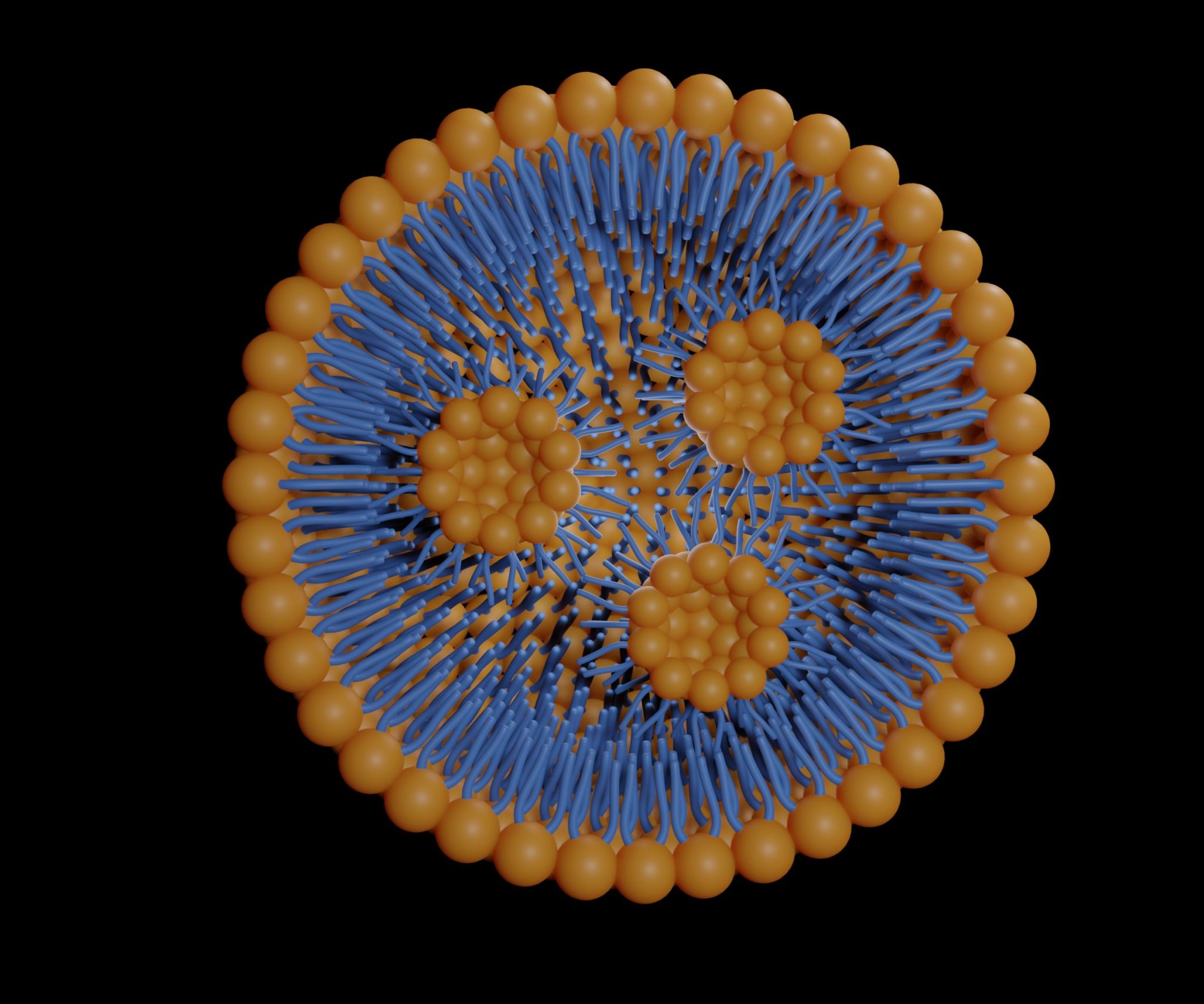Leveraging Oligonucleotide Therapies for Breakthrough Medicines
Understanding Oligonucleotide Therapies
Oligonucleotide therapies represent a groundbreaking advancement in the field of medicine. These therapies use short DNA or RNA molecules, known as oligonucleotides, to modulate gene expression. This approach has opened up new possibilities for treating a variety of diseases, particularly those with a genetic basis. By specifically targeting sequences within the genome, oligonucleotide therapies offer precision that traditional drugs often lack.

Historically, the development of oligonucleotide therapies was hindered by challenges such as delivery to target cells and stability within the body. However, recent advances have addressed many of these issues, leading to a surge in interest and research. As a result, several oligonucleotide-based drugs have gained approval, providing novel treatment options for patients.
The Mechanism of Action
Oligonucleotide therapies work by binding to specific sequences of nucleic acids. This binding can interfere with gene expression in various ways, depending on the type of oligonucleotide used. For instance, antisense oligonucleotides prevent the production of proteins by blocking mRNA translation. Meanwhile, small interfering RNAs (siRNAs) degrade mRNA after transcription, effectively silencing specific genes.
These mechanisms provide a unique approach to tackling diseases at their genetic roots. By directly influencing the genetic instructions within cells, oligonucleotide therapies can offer treatments that are not only effective but also tailored to individual patients.
Applications in Modern Medicine
The applications of oligonucleotide therapies span a wide range of medical fields. They have shown promise in treating conditions such as muscular dystrophy, spinal muscular atrophy, and even certain types of cancer. The ability to target specific genes allows for treatments that can potentially reverse or halt disease progression.

Moreover, oligonucleotide therapies are proving beneficial in addressing rare genetic disorders that previously lacked effective treatments. This precision medicine approach is paving the way for personalized healthcare solutions that consider the unique genetic makeup of each patient.
Challenges and Future Directions
Despite their potential, oligonucleotide therapies face several challenges. Delivery mechanisms remain a critical area of research, as ensuring that therapeutic oligonucleotides reach their intended targets effectively is paramount. Additionally, there are concerns regarding off-target effects and the long-term safety of these therapies.
Research is ongoing to improve delivery systems and enhance the specificity of oligonucleotide interactions. Advances in nanoparticle technology and chemical modifications are promising avenues that could significantly enhance the efficacy and safety of these therapies.

The Impact on Drug Development
The rise of oligonucleotide therapies is also reshaping the drug development landscape. Pharmaceutical companies are investing heavily in this area, recognizing its potential to address unmet medical needs. The regulatory environment is evolving to accommodate these innovative treatments, with agencies providing guidance on their development and approval processes.
As more oligonucleotide-based drugs enter clinical trials and receive approval, they are likely to influence the strategies used in drug discovery and development across the industry. This shift could lead to a more targeted approach in creating new medications, ultimately benefiting patients with more effective and personalized treatment options.
Conclusion
Oligonucleotide therapies are at the forefront of medical innovation, offering new hope for patients with challenging conditions. Their ability to precisely target genetic components positions them as critical tools in the future of medicine. As research continues to advance, these therapies stand poised to transform healthcare by providing tailored treatments that align with a patient's unique genetic profile.
